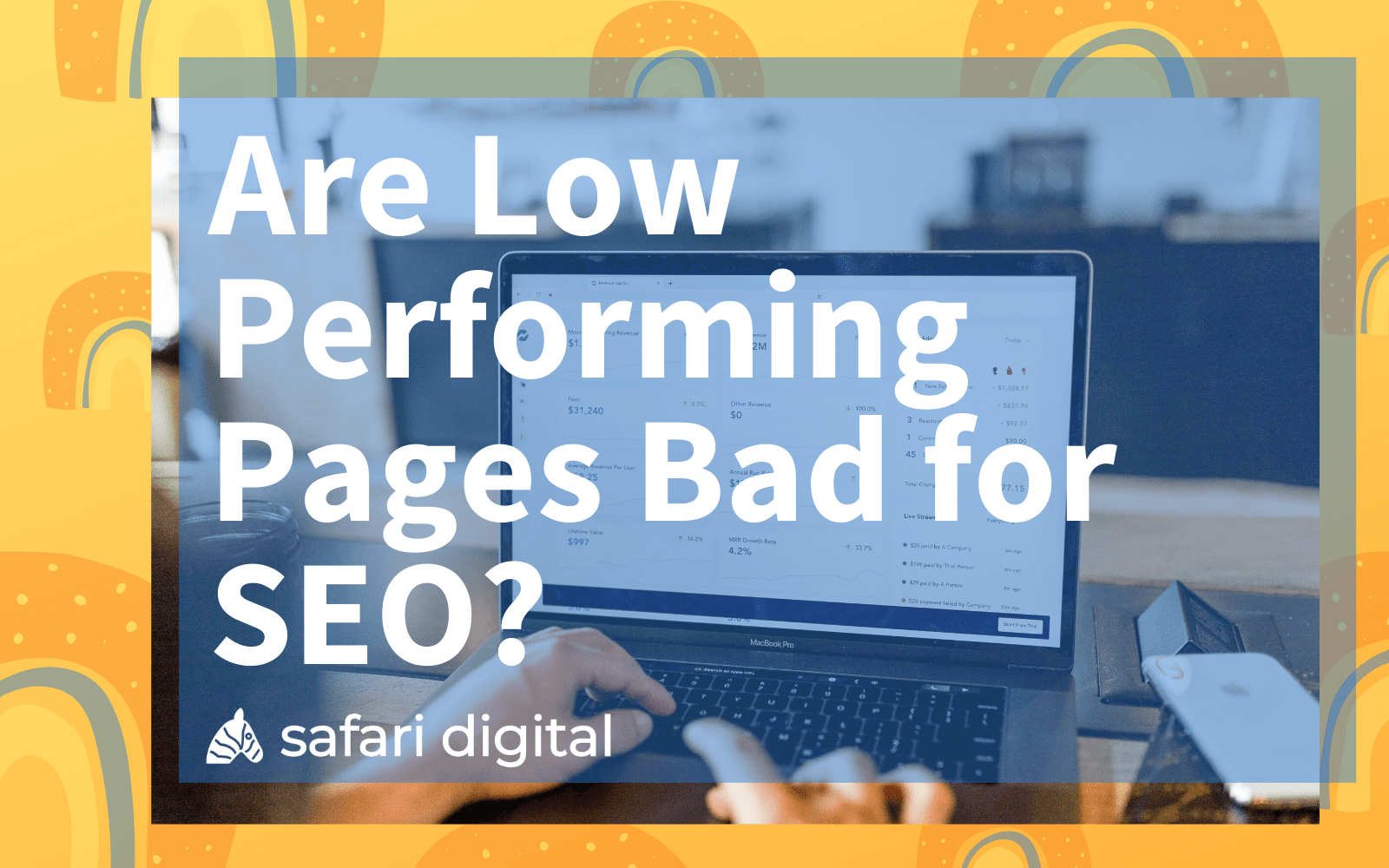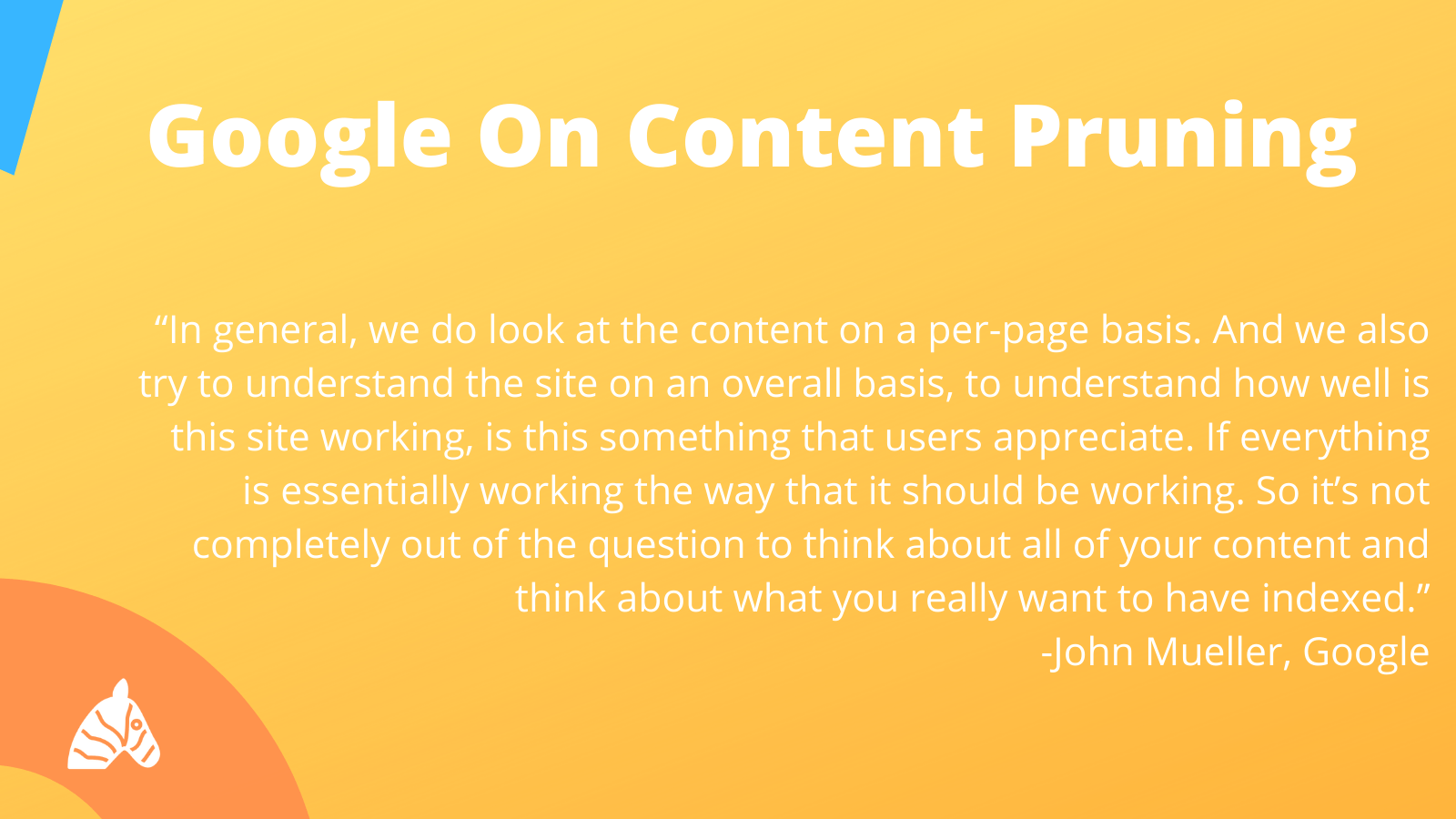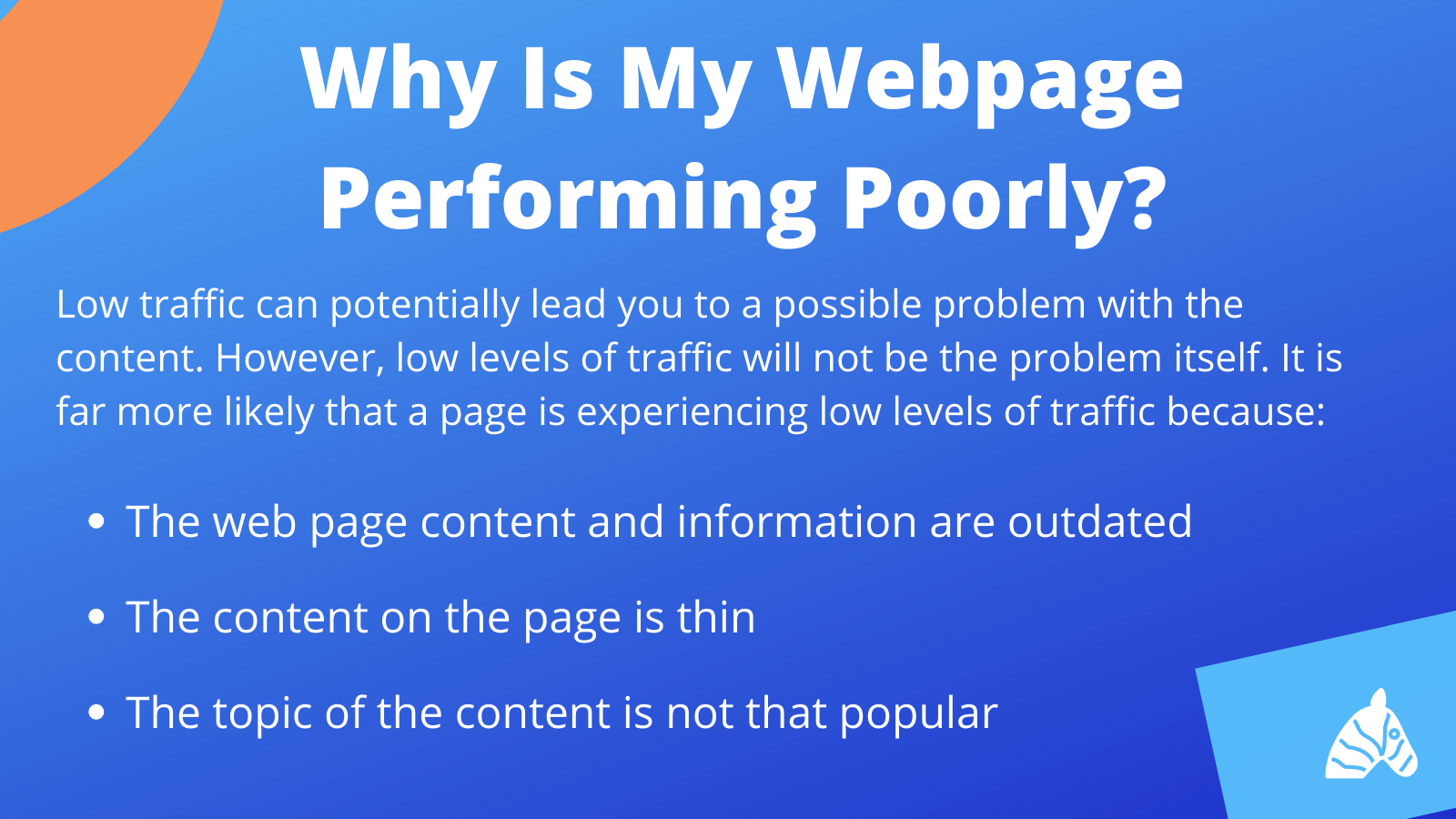
Content pruning is a concept in which the webmaster removes pages that receive low quantities of traffic in an effort to improve the overall health of a website. Within the SEO and Search community, it is generally understood that pages that are low performing should be either no-indexed or removed entirely.
In the past, the idea of content pruning has been positively received by Google. Back in 2018, Google’s John Mueller discussed dealing with low traffic web pages, offering two strategies: to either improve the quality of the content or to remove the page entirely. However, the evolution of Google’s algorithm and the way search results are crawled by Google is rapidly changing in 2020.
The question remains, are low performing pages bad for SEO?
How Google Analyses Content
In a recent Google Hangouts Session on May 29th of 2020, Google’s John Mueller addresses the conversation of low traffic pages. While the original question posed refers to a news-based website, John’s answer applies to most sites. Here’s the question that was given to John:
“We’re publishing news and articles. For example, we have 100 new articles every day, and ten of them give us 95% of the organic search traffic. Another 90 go nowhere. We’re afraid that Google can decide our website is interesting only for 10%. There’s an idea to hide some boring local news under noindex tag to make the overall quality of all publishing content better. What do you think?”
To begin with, John answers in a more general term that is not news site-specific. He acknowledges that Google’s algorithm does review web pages and then the entire broader site to understand what the quality level is.

“In general, we do look at the content on a per-page basis. And we also try to understand the site on an overall basis, to understand how well is this site working, is this something that users appreciate. If everything is essentially working the way that it should be working. So it’s not completely out of the question to think about all of your content and think about what you really want to have indexed.”
Low Traffic Does Not Mean Low Quality
John then goes on to explain that in terms of news-sites, page traffic isn’t necessarily the best metric to use for judging whether or not a page is of quality. Just because a news article does not receive high amounts of traffic, does not mean the article itself is low quality.
“But especially with a news website, it seems pretty normal that you’d have a lot of articles that are interesting for a short period of time, that are perhaps more of a snapshot from a day to day basis for a local area. And it’s kind of normal that they don’t become big, popular stories on your website. So, from that point of view, I wouldn’t necessarily call those articles low-quality articles, for example.”
In essence: If a webpage is experiencing low quantities of traffic, it does not necessarily mean the content is low quality. There are several reasons for a page to experience poor performance; low traffic does not equate to low quality.
When Content Pruning May Be the Answer
Finally, John talks about the association between low performing pages and low-quality content, and the use of content pruning.
“On the other hand, if you’re publishing articles from … hundreds of different authors and they’re from varying quality, and some of them are really bad, they’re kind of hard to read, they’re structured in a bad way, their English is broken.
And some of them are really high-quality pieces of art, almost that you’re providing. Then creating that kind of a mix on a website makes it really hard for Google and for users to understand that actually, you do have a lot of gems on your website…
So that’s the situation where I would go in and say, we need to provide some kind of quality filtering, or some kind of quality bar ahead of time so that users and Google can recognise, this is really what I want to be known for.
And these are all things, maybe user-submitted content, that is something we’re publishing because we’re working with these people, but it’s not what we want to be known for.
Then that’s the situation where you might say, maybe I’ll put no-index on these, or maybe I’ll initially put no-index on these until I see that actually, they’re doing really well. So, for that, I would see it making sense that you provide some kind of quality filtering.”
Analyse Your Own Content
Mueller made an interesting point about diagnosing an article for quality. In essence, he said to look at the content itself to determine whether the low traffic can be attributed to whether the topic is unpopular or if the article is actually poorly written.

Low traffic can potentially lead you to a possible problem with the content. However, low levels of traffic will not be the problem itself. It is far more likely that a page is experiencing low levels of traffic because:
• The web page content and information are outdated
Having information that is incorrect or outdated is never going to be good for page quality or page performance. In this case, fixing this problem is relatively easy and may result in the page’s performance increasing over time. All you need to do is update the relevant information to ensure it is current, accurate, and useful to the reader.
• The content on the page is thin
This is where you may be in a little bit of strife as a webmaster. If your pages are experiencing poor performance because of thin content, then the content quality is very low. Thin content refers to information that provides no value to the user, and therefore, will only hinder their experience on the site. Google deems thin content to be a very low-quality signal – if your webpages are thin, consider removing them.
• The topic of the content is not that popular
In the case of webpages experiencing low quantities of traffic, it may just be that the content is not a subject that is not that popular online. In this case, traffic is not the best metric to determine the quality of the page. If the quality of the content is high, the page’s performance is not a concern.
So, What’s the Answer?
From what we can gather, it seems as though content pruning is not one of Google’s primary concerns. The idea is to prioritise the content’s quality over its performance. If a page is experiencing low traffic, there are a number of reasons that may be attributed. If the page is experiencing low performance because the quality of the content is low, then it could be time to speak to an SEO specialist about making some changes.






